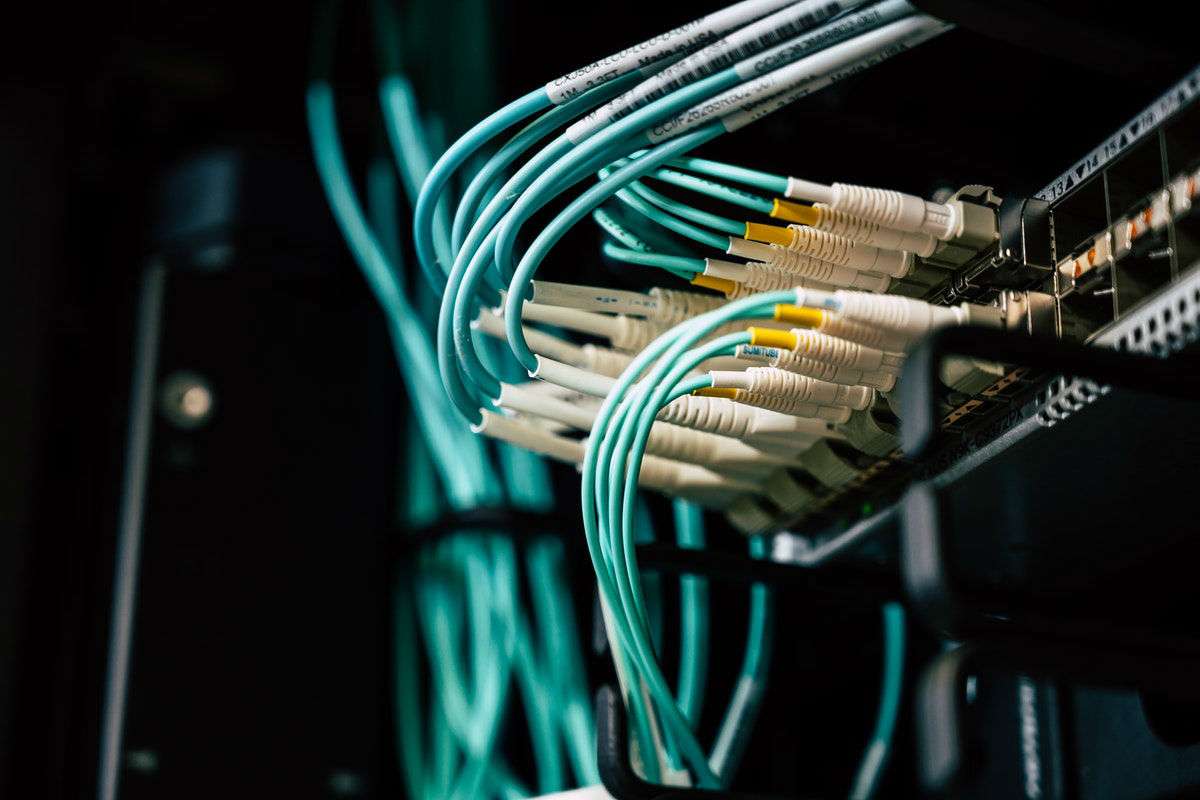5G Beamforming Technology: Enhancing Connectivity for the Future
Mobile technology is an industry that’s constantly changing. Today’s networks will soon be upgraded to 5G. That means that they’ll be faster than they have ever been.
The newer network generations enable the most innovative applications and devices. The technology of cell phones is evolving and older devices will be replaced.
1G
Every new generation of mobile technology has enhanced the quality and speed of the network since the launch of the first networks in the 80s. Every new generation of technology has its own advantages and unique characteristics.
The first generation of cell networks, also referred to as 1G, used analog technology to allow users only voice communications. The 2G network introduced digital voice-over-text as well as digital messaging.

2G was followed by 2.5G networks, which included packet switching using GPRS as well as EDGE technology. These networks paved a way for applications requiring high-speed data. There are limitations to the speed of a mobile network. The restrictions usually come via data plan usage limits, hotspot caps or video throttling.
2G
The 2G era introduced wireless data transfer over top of voice, enabling SMS messaging. Data transfers, using the same control channels that were used to make voice calls, enabled users to transfer text messages or images from one mobile to another. The technology was so widespread that it changed communication forever. The Nokia 3210 candy bar phone was a prime example. It sold 160 millions units.
With 3G networks rolling out worldwide, users are now able to use mobile internet to browse websites and run basic apps. The 3G networks also allowed for more advanced functions such as HD television mobile as well as video conference.
The networks enabled speedier data transfer, which enabled advanced capabilities such as HD mobile television and video conferences. This technology paved the way to IoT-based mobile apps, such as NB IoT or LTE.
3G
Increased usage of smartphones has made clear that 2G networks were not sufficient anymore to handle the data flow. The need for new technology to satisfy the ever-growing demands of the customer arose.
GSM networks evolved from analog technology to digital in the 1990s. In the 1990s, GSM networks were introduced as the first step toward 3G.
3G networks provide significantly faster data transfers over their predecessors. Additionally, it offered access to internet via mobile devices. Companies could be connected when they were in motion.
In the next few years, 3G will be a obsolete technology. Carriers are retiring their older networks in order in order to allow 4G. The end of 3G is going to affect technologies, including cellphones, GPS, home alarms. Fortunately, there are steps that you can take to get ready for this transition and keep your hardware running efficiently.
4G
The evolution of the 4G network is set to revolutionize the world. The new mobile generation provides higher data speeds as well as a higher density of connections and lower latency.
As 3G networks have become too crowded and have suffered from slow data rates and a lack of speed, 4G is an advanced technology that can support high-end gaming apps, HD mobile television, videoconferencing, and IP telephones. In order to achieve this, it uses beamforming using directional antennes in order to increase Ricean factor gains and improve SNR.
Smartphones are the primary driver for 4G. This device helped make 4G an industry successful. However, it will allow for lap mang cap quang viettel intelligent innovations to be made across a range of sectors. These innovations help businesses increase productivity and decrease costs. These innovations will improve living standards across all over the world.
5G
The latest and most powerful technology will have a profound influence on the way we live our lives. The 5G standard will allow applications streaming and virtual reality to run smoothly without buffering.
To attain the speed of 5G, it makes use of millimeter wave (mmWave) because they can transport more data. The 5G network uses beamforming technology that focuses on devices that generate stronger signals. 5G uses less power than older versions of mobile networks.
The mobile technology is expected to change in the same manner like it has in the previous generations of mobile networks. Additional services and faster throughput will drive this development. This time around, however, it may appear that these changes are much more drastic.




